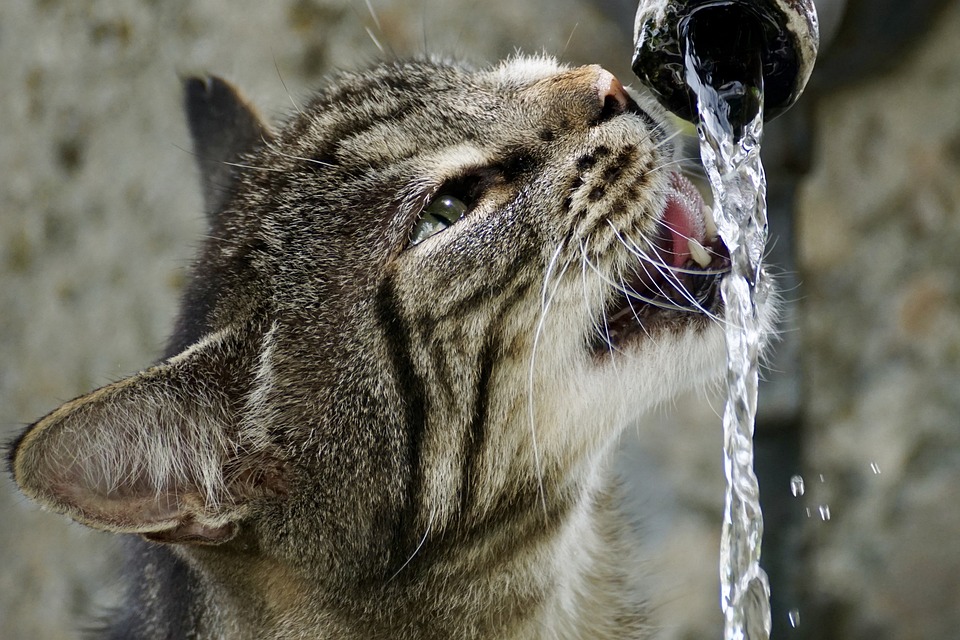Cats have a natural hunting instinct that has been developed over millions of years of evolution. In this article, we will explore the fascinating world of feline hunting behavior, uncovering the reasons behind it, the techniques they use, and the significance of this instinct in our domesticated cats.
The roots of hunting behavior can be traced back to the ancestral legacy of cats. Their ancestors were wild hunters who relied on their hunting skills for survival. This instinct has been passed down through generations, resulting in the hunting behavior we see in our cats today.
Hunting behavior serves as a means of survival and adaptation for cats. It allows them to procure food and defend themselves against potential threats. Understanding the motivations behind hunting behavior is crucial in comprehending a cat’s natural instincts.
The innate drive to hunt is deeply ingrained in cats. It is a way for them to exercise their natural instincts and fulfill their predatory needs. However, it is important to differentiate between hunting behavior and playful antics. While play can mimic hunting behavior, there are distinct differences in the way cats engage in both activities.
Environmental factors also play a significant role in a cat’s hunting behavior. The availability of prey, the presence of potential threats, and the cat’s overall surroundings all influence their hunting instincts. Cats adapt their hunting techniques based on their environment, showcasing their ability to strategize and adjust their behavior accordingly.
Hunting behavior has several benefits for a cat’s well-being. It provides them with physical exercise, mental stimulation, and a sense of fulfillment. Suppressing or discouraging hunting behavior can have consequences on a cat’s overall well-being. It is important to find a balance between allowing cats to engage in their natural behavior and ensuring their safety.
Behavioral studies have provided valuable insights into feline hunting behavior. Observations in the wild have shed light on the hunting behavior of feral and wild cats, helping us understand the natural instincts of our domesticated cats. Additionally, studies have shown that hunting behavior can vary among different cat breeds, highlighting how genetics play a role in a cat’s hunting tendencies. Furthermore, research has examined the impact of neutering/spaying on hunting behavior, providing valuable information for cat owners.
To address common questions regarding hunting behavior, a FAQ section is included in this article. It provides answers to queries such as why cats bring dead prey to their owners, how to encourage indoor cats to engage in hunting behavior, and whether hunting behavior can be modified or suppressed.
In conclusion, understanding the hunting behavior of our feline companions is crucial for their well-being. By acknowledging and engaging with their natural instincts, we can create an environment that nurtures their overall health and happiness. Providing opportunities for physical and mental stimulation, while ensuring their safety, allows cats to lead fulfilling and enriched lives.








